The EU’s proposed nature restoration law will impact many more farmers than just those farming on peat soils, if passed.
The European Commission’s law, planned to enter into force in 2024, will seek to cover 20% of the EU’s entire land and sea area by 2030 and cover any ecosystems in need of restoration by 2050. Listed habitats and species on both designated and non-designated lands will see the roll out of any restoration measures needed to improve their respective condition and populations.
These habitats vary from some grasslands to rivers and lakes. A safeguard is set out to prevent any backsliding on restoration progress made.
Some 18 farmland bird species are listed, which Ireland will have boost the population index of by 15%, while the carbon stock of tillage land on mineral soils will have to be improved.
Eligible features
An increased covering of high-diversity landscape features on agricultural land is sought, with these areas not permitted to be grazed or cut for fodder. Eligible features suggested include buffer strips, fallow land and hedgerows. Habitats and species will need to reach “satisfactory levels” based on the “latest scientific evidence” to comply with the law.
Target
The law has an overarching target to return 25,000km of the EU’s rivers to free-flowing conditions by removing barriers that prevent waters from reaching their natural floodplains.
On forestry, it will look for more standing and lying deadwood, a more uneven age structure, better connectivity between forests and more carbon being held in forestry lands.




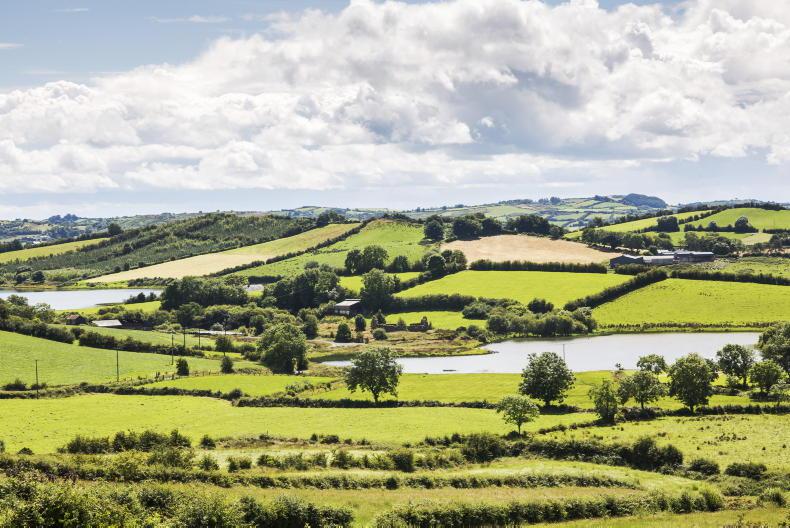
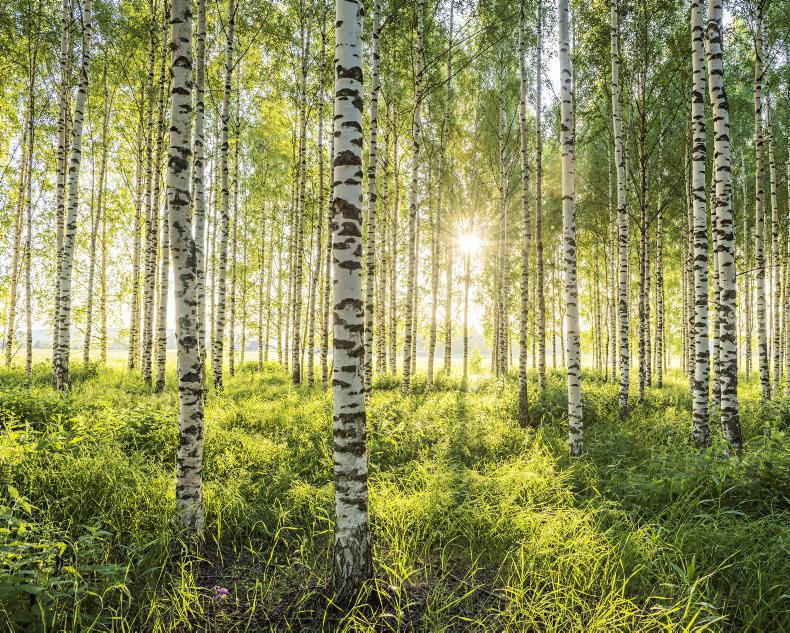

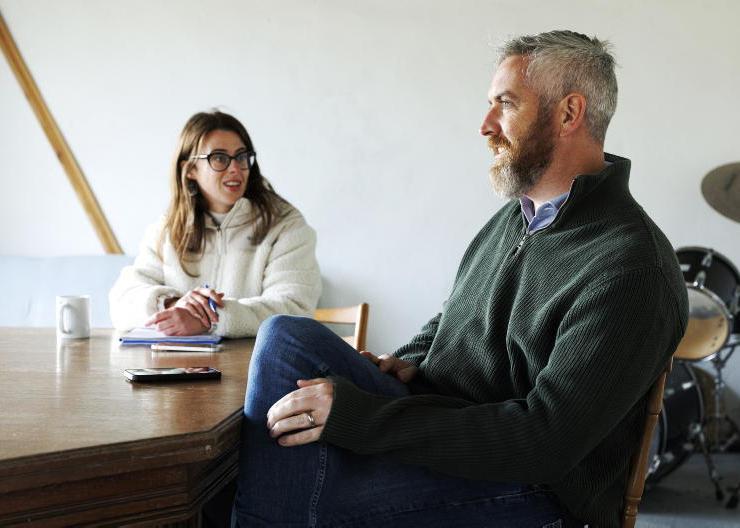
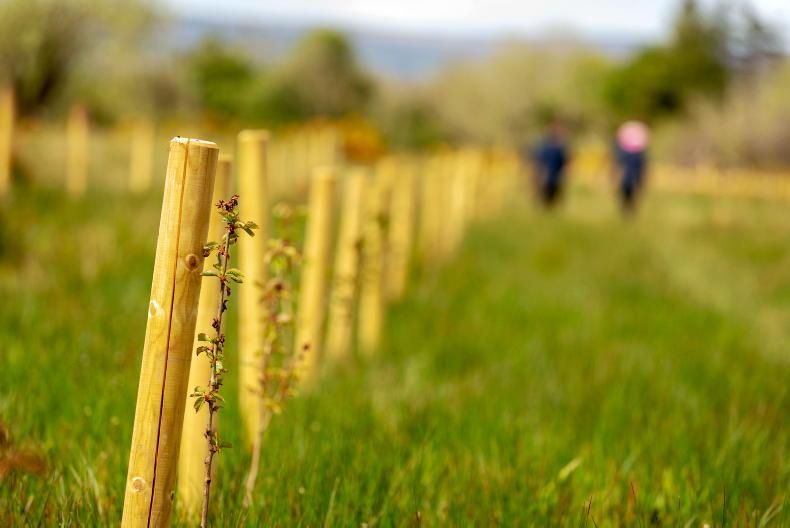
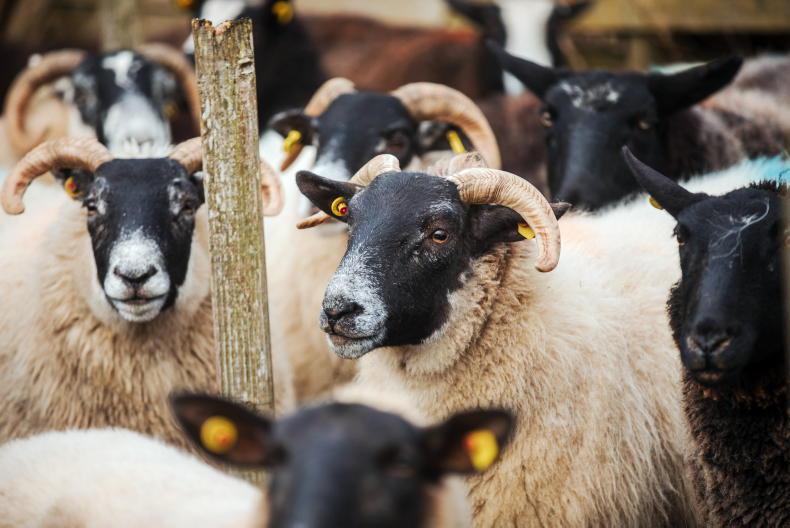
SHARING OPTIONS